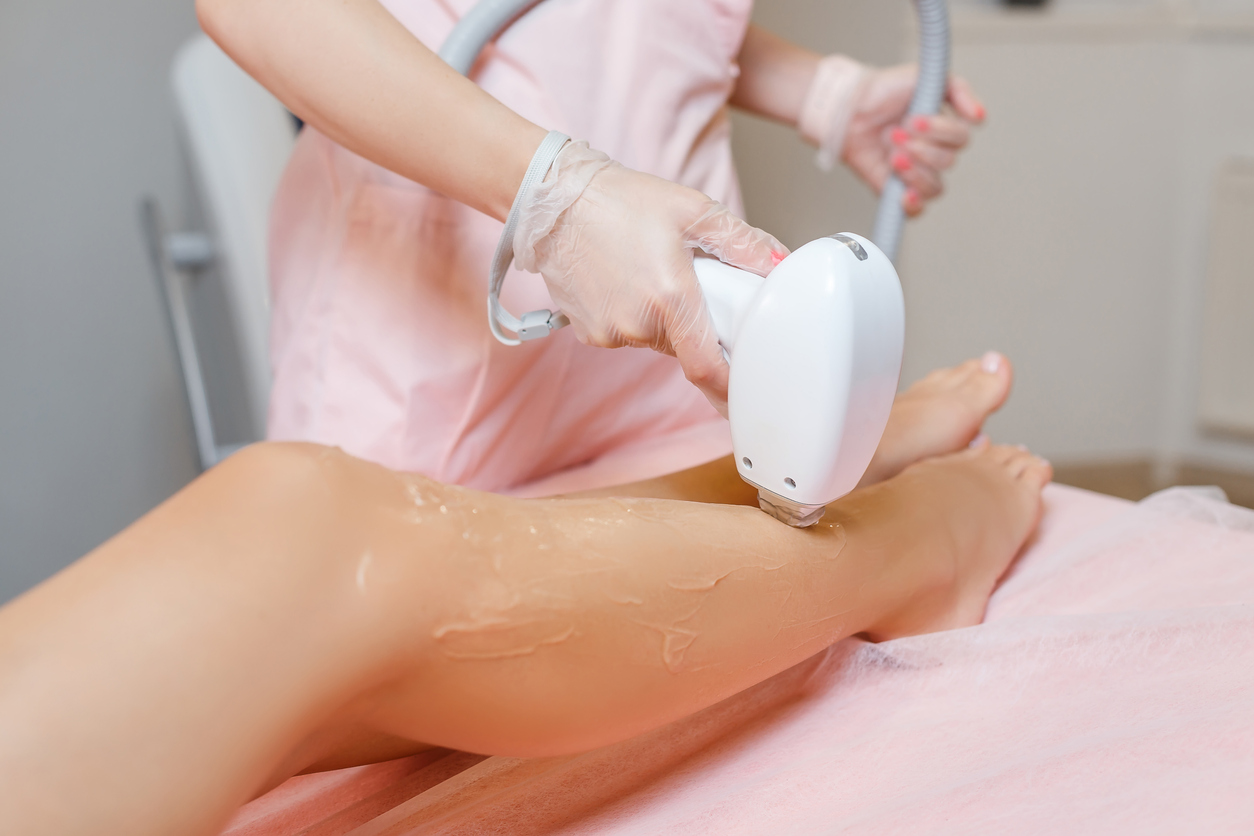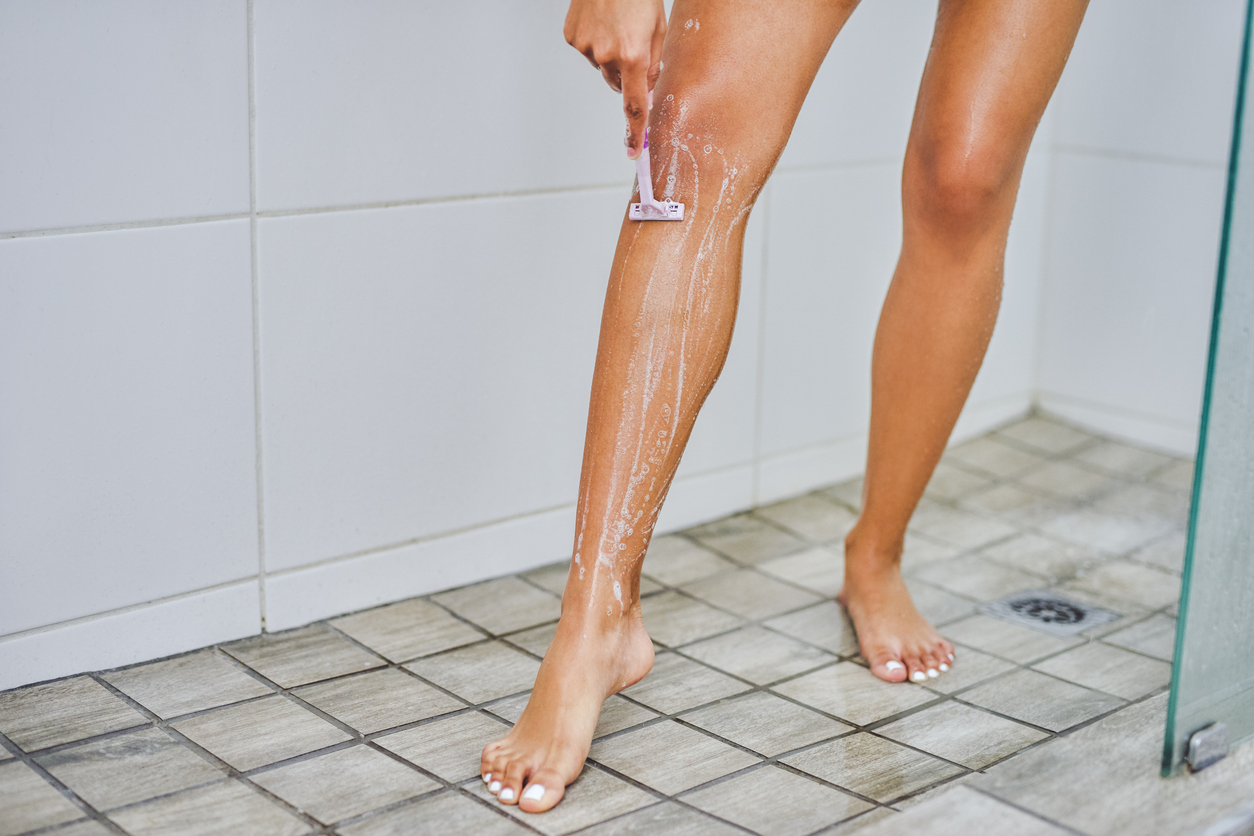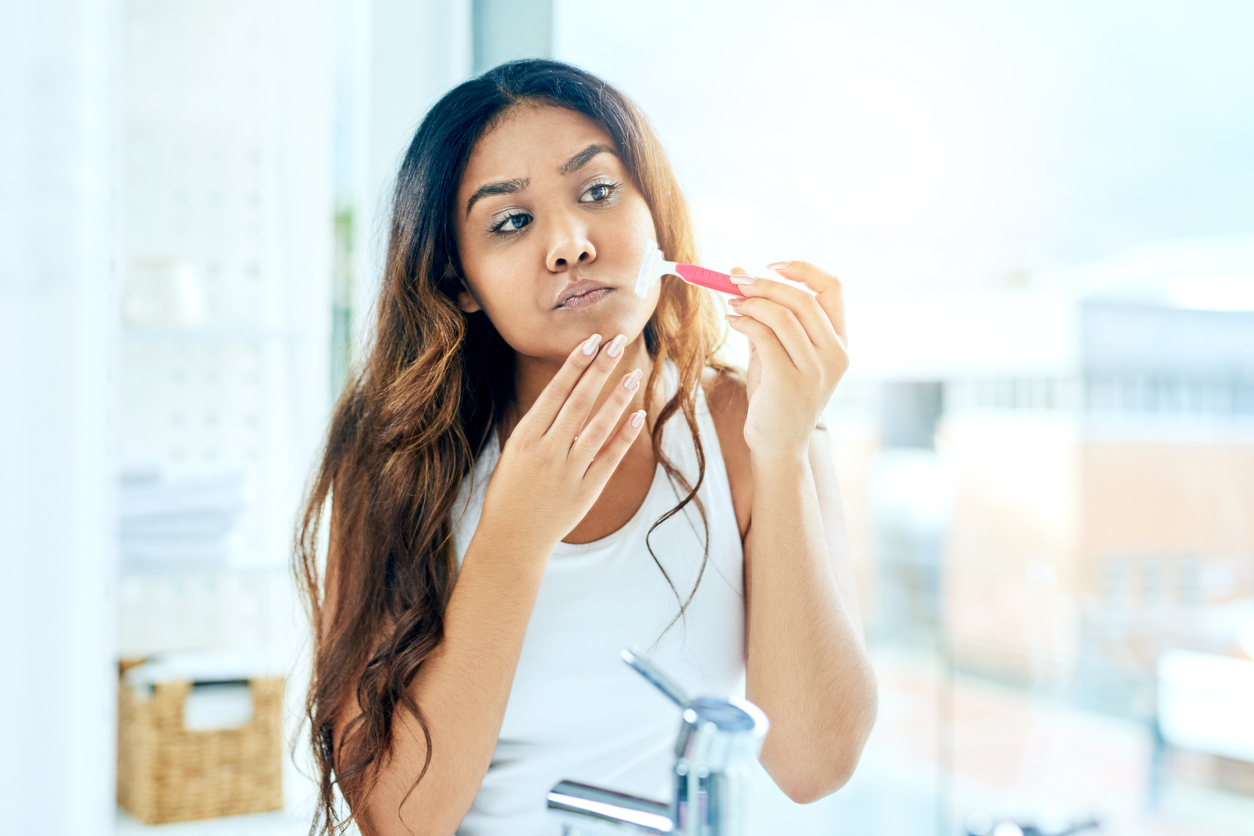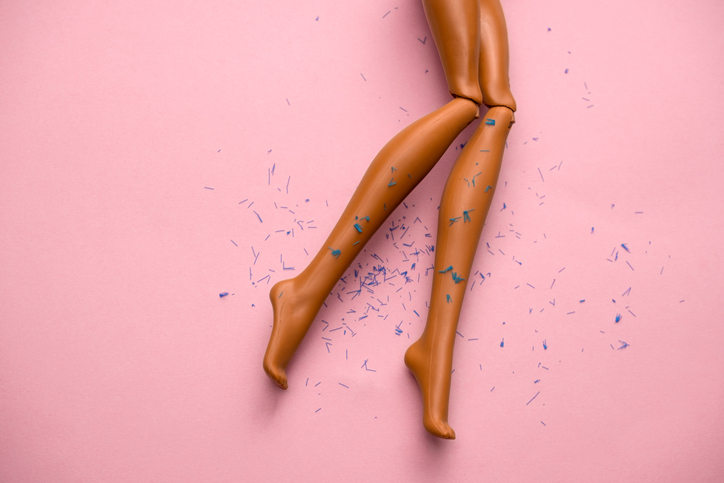What causes blue lips and skin?
Blue skin or lips indicate that you may have low blood oxygen levels or poor circulation. It can be a sign of a serious problem, so see a doctor or go to your local hospital immediately if your or your child’s skin or lips turn blue.
Common causes for blue lips and skin (central cyanosis) include:
- lung disease or infections – asthma attack, chronic obstructive pulmonary disease, pneumonia, bronchiectasis, pulmonary embolism, neonatal respiratory distress syndrome or acute respiratory distress syndrome
- airway blockage – choking, croup, epiglottitis or anaphylaxis
- heart disease – heart failure, congenital heart disease, cardiac arrest
- exposure to cold air or water
- being at high altitude
- fits (seizures) that last a long time
- blood disease, such as polycythaemia
Sometimes, hands, feet, legs or arms can also turn blue. This is known as peripheral cyanosis and it is usually a sign of poor blood circulation. Blue hands, feet, legs or arms can be caused by a medical condition, such as Raynaud’s phenomenon, a blood clot, certain medicines and, less commonly, from being at high altitude or in cold water or air.
Can cyanosis in newborns be normal?
Cyanosis can be common in newborn infants and caused by several conditions. Some are not serious, but others can be potentially life-threatening.
Acrocyanosis is a harmless type of cyanosis that is often seen in healthy newborns. It is caused by blood vessel changes after birth that can make the hands and feet turn blue. Acrocyanosis appears as soon as a baby is born in healthy infants and can remain for up to 48 hours.
Newborn babies can also have a form of cyanosis, known as central cyanosis, for up to 10 minutes after birth. This is normal and caused by a lack of oxygen in the blood vessels at birth. It should disappear within minutes as the baby starts to breathe and more oxygen enters the bloodstream.
More serious causes of cyanosis in newborns include infections, heart disease and disorders that affect the metabolism or nervous system.
Can you get cyanosis from the cold?
Yes, being in cold air or water can sometimes cause cyanosis.
If you have a condition called Raynaud’s phenomenon, which affects the blood supply to the fingers and toes, you may find that being in the cold can make your fingers and toes turn blue.
Is cyanosis always an emergency?
Some causes of cyanosis are not an emergency. However, because cyanosis is usually caused by low blood oxygen levels or poor circulation, it can be a sign of a serious problem.
See a doctor or go to your local hospital immediately if any part of your or your child’s body turns blue.
Can cyanosis be a sign of cardiac arrest?
Yes. Cardiac arrest (when the heart stops beating) can cause a type of cyanosis called central cyanosis. When this happens, all of the skin and the lips can turn blue because the heart is no longer pumping oxygen-rich blood around the body.
Does cyanosis go away on its own?
Cyanosis is a sign of low blood oxygen levels or poor circulation. It can be a serious sign that needs immediate medical attention to find and treat the cause. It may go away once your blood oxygen levels and circulation return to normal.
See a doctor or go to your local hospital immediately if any part of your or your child’s body turns blue.
Why does cyanosis cause clubbing of the fingertips?
Cyanosis does not cause clubbing of the fingertips. Both cyanosis and clubbing are signs of a problem with your blood oxygen levels and circulation.
Clubbing of the fingertips is when the fingernails curve over the top of the fingers instead of dipping downwards towards the cuticle. This makes the fingernails look unusually curved. Clubbing can be harmless on its own, but it can appear in combination with cyanosis if you have congenital heart disease or certain lung diseases, including lung abscess, bronchiectasis and cystic fibrosis.
These conditions can cause long-term low blood oxygen levels, which your body tries to compensate for by making changes to the fingernail bed. This is why clubbing sometimes occurs alongside cyanosis.




